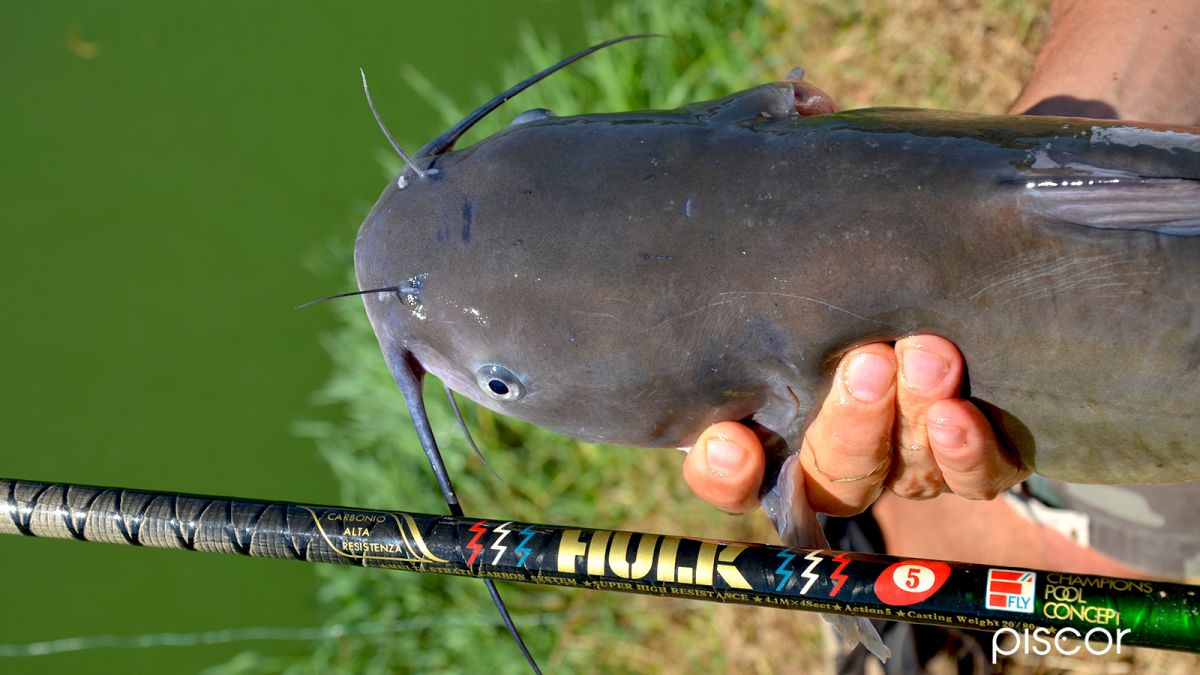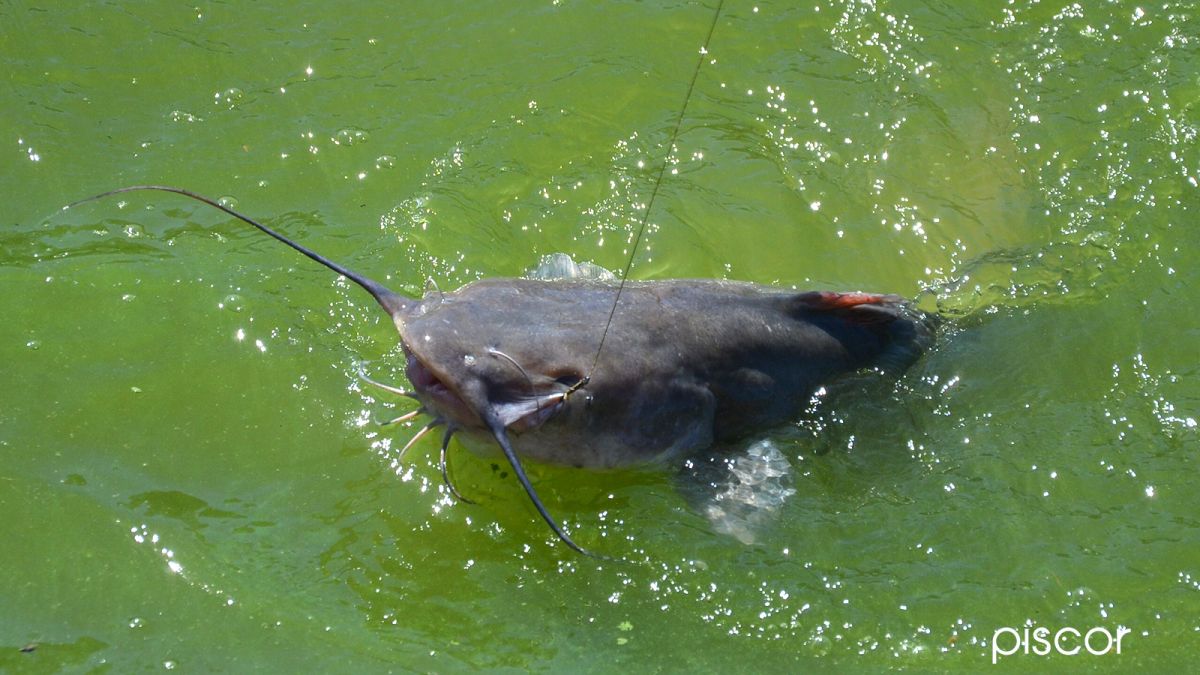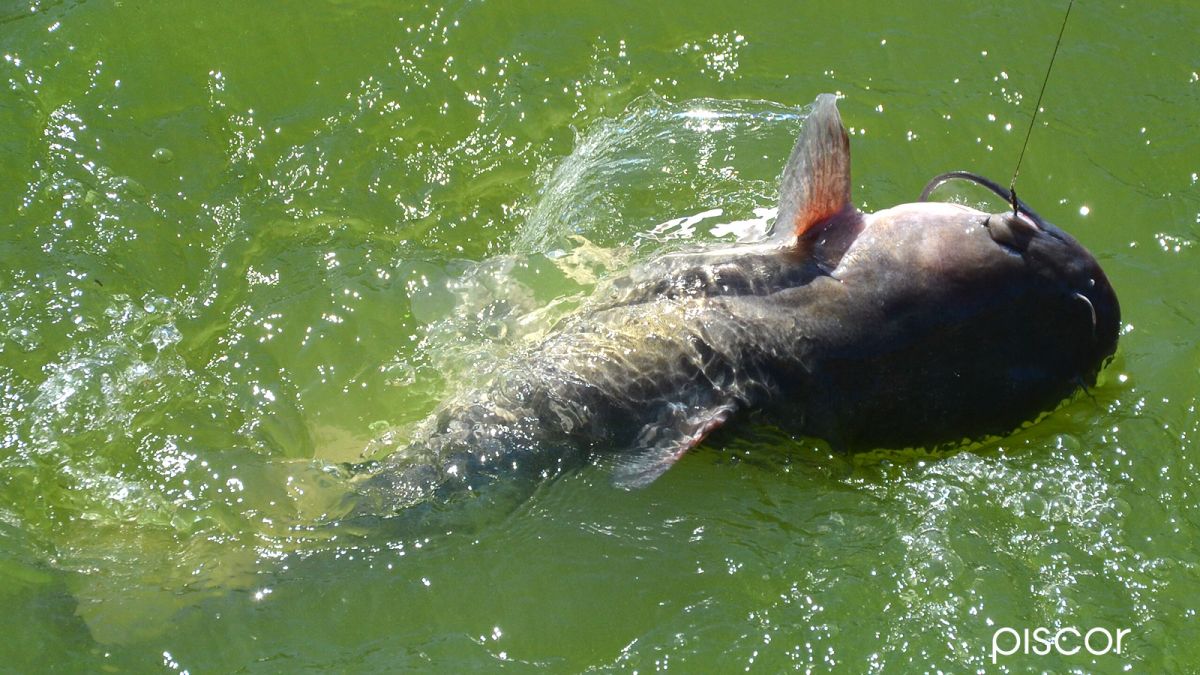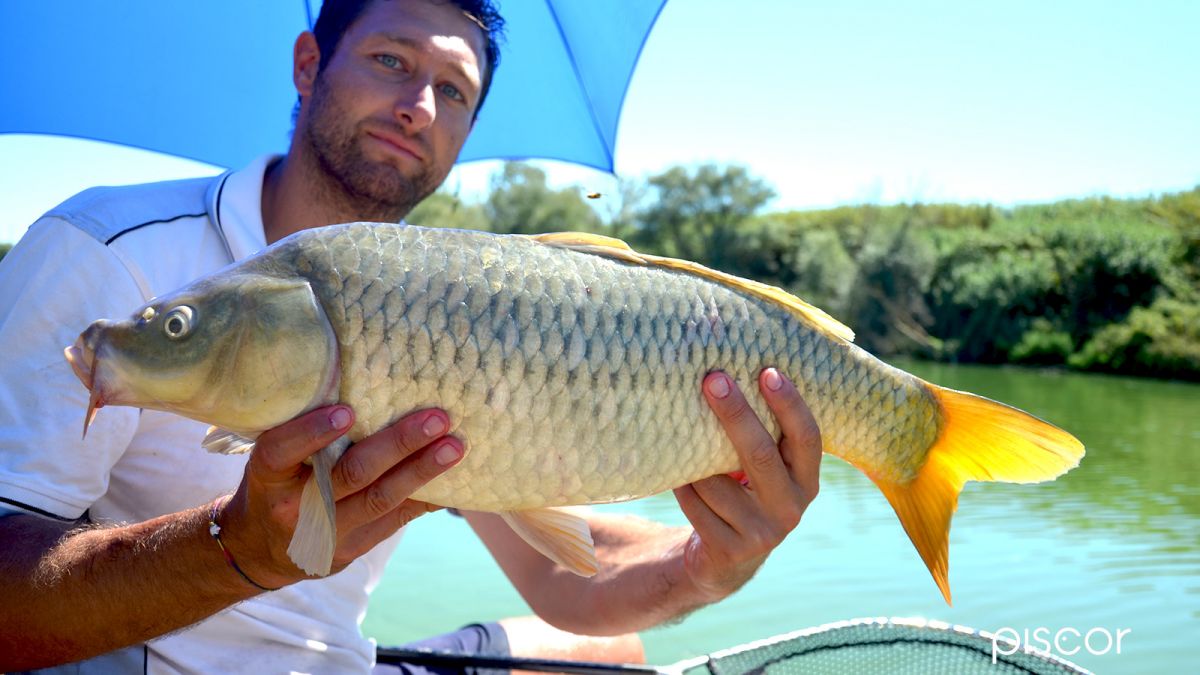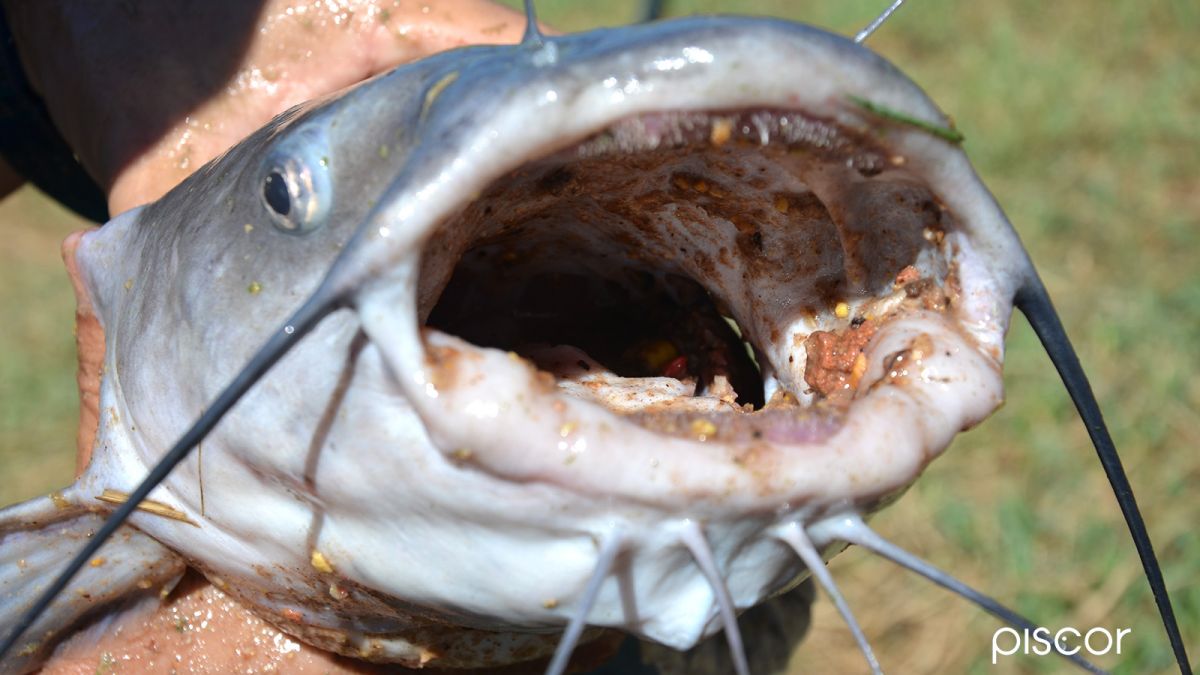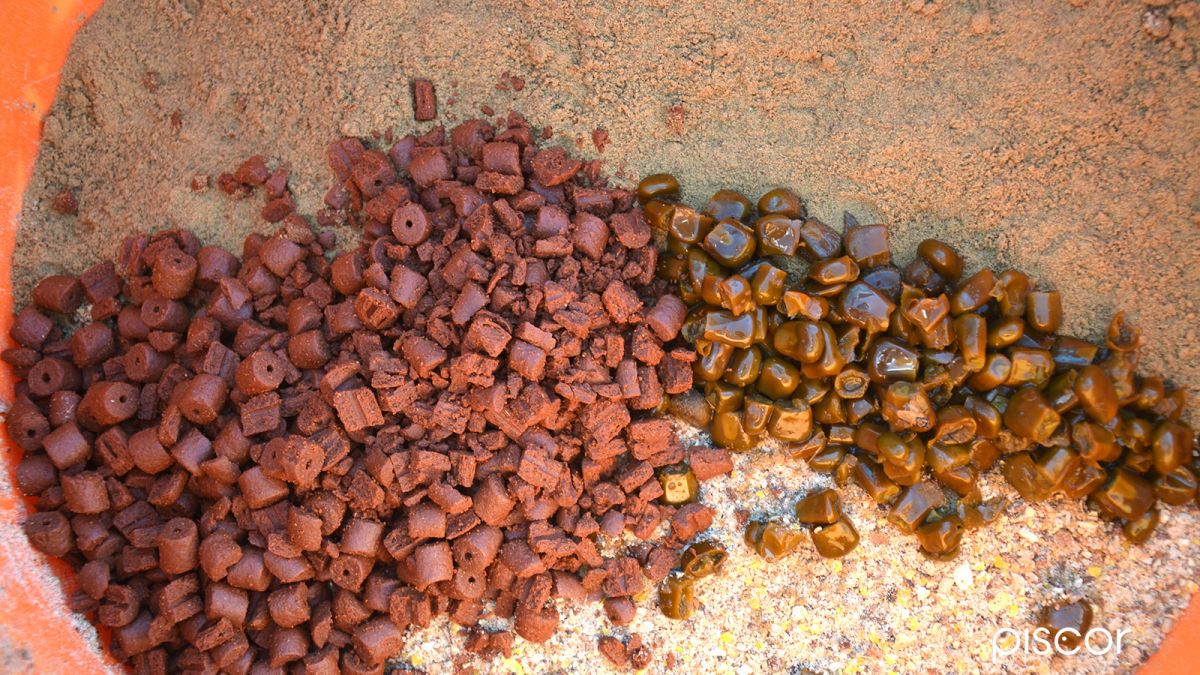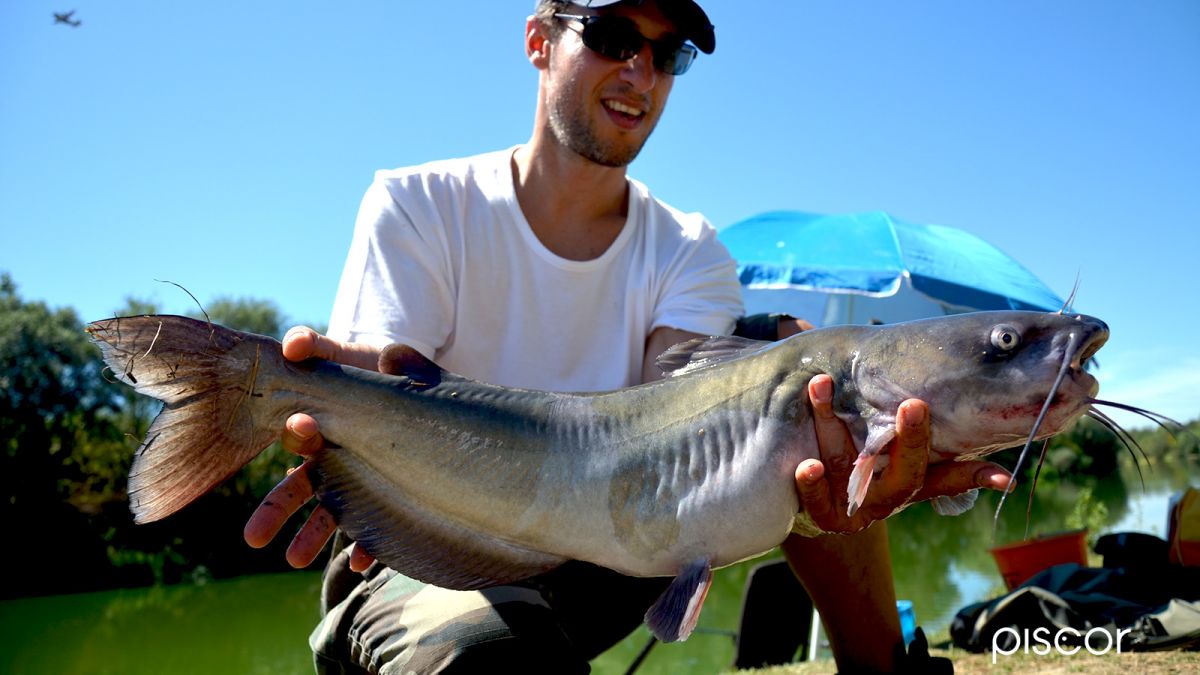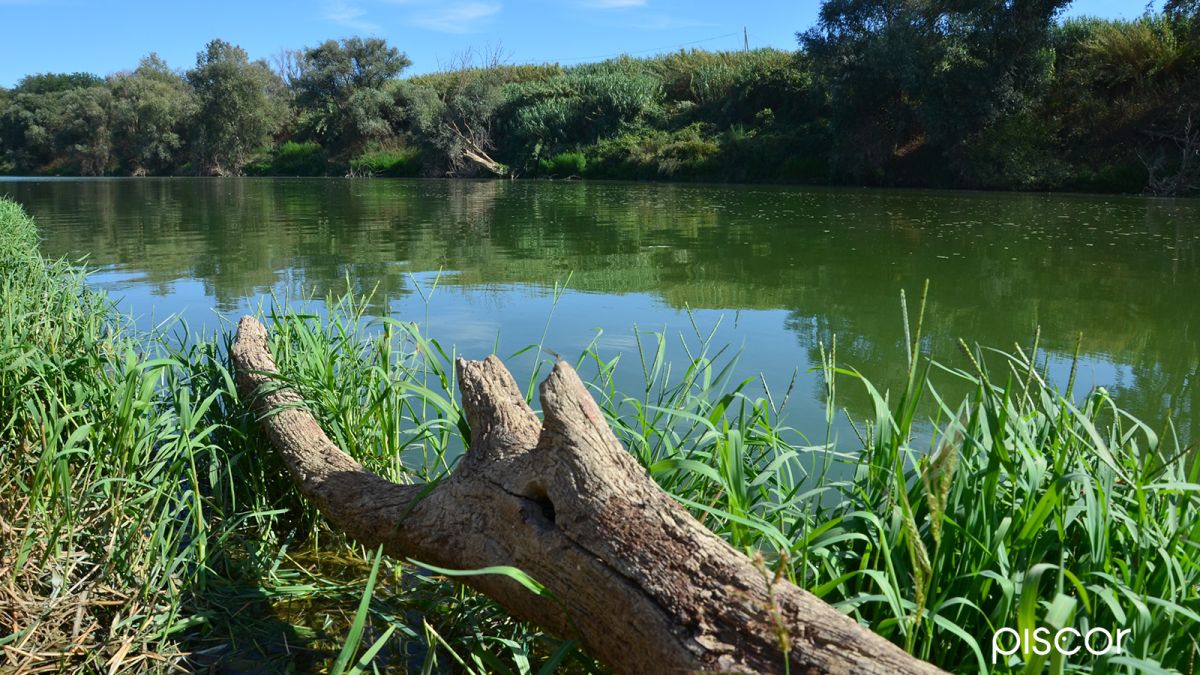The American Catfish, also known as Channel, is a species of freshwater native to the Mississippi basin that was introduced in Europe in the last century, then gradually spreading. Nowadays, in many canal of Italian peninsula there is this type of fish very funny because in addition to being voracious it also becomes of important dimensions.
The best time to fish it is just before the winter because it is not used to low temperatures, then enters a kind of lethargy to return to be active in late spring with the first floods and milder days.
Let's look at the bait, at the best equipment and approaches to try to catch it.
Hook and braided
After choosing a very sturdy rod (very good a specialist with TC of 1.25 / 1.50 lb) and an equally important reel spooled with low elasticity nylon, with a diameter between 0.26 and 0.30, it's time to prepare the bass line.
The "free line fishing" provides to tie the hook directly to the main line, the absence of ballast in the launch phase is offset by the weight of the trigger. We tend to prefer to interpose a robust swivel between the main and the rig line. This allows us to create a hypothetical breaking point in order to have the certainty, in the event of a failed battle, to lose only the rig without the risk of leaving in the mouth of the fish, in addition to the hook, several meters of wire.
The use of a braided, from 10 lb to 15 lb, gives us other advantages: greater softness, high abrasion resistance to the small teeth of the channel and the fact that, when the ball is packaged, the braided line has less propensity to "cut" the trigger favoring the detachment of the same.
Finally, considering the morphology of the mouth of a channel, the very hard palate and the absence of extended soft parts only need one thing: retrieving with great force, it is not rare, given the quantity of fish present, that the hook comes from the outside, on the body of the fish, I highly recommend therefore the use of barbless hooks or crushed barb.
Alternative approaches
Free line fishing is the most brutal way to approach different spots and its inhabitants. If you do not feel like making a tug of war or if you simply want to try and meet some fish that is not a channel, there are some good alternatives.
The Bolognese allows to intercept carp, chub and the large mullets of the lower rivers in the fall. Assume that if the bait reaches the bottom is likely to be grabbed by a ictaluridae, so large space to setting that work detached from the orgy on the bottom or that enter into fishing favoring the slow descent of the trigger, often others fish patrolling the very first layers of water you want for the high temperatures still typically summer or the furious competition on the ground floor.
Same for the roubaisienne, in any case, if you choose the float, suitable rods and fishing line, to see skipping the summit or under tip is never a good show.
Even a sturdy 4.50 match rod can make sense, especially if the wind takes the river, with the added advantage of being able to probe areas of fishing far from the shore in search of encounter with fishes of size.
A feeder intended in the most classic way offers the possibility of plumbing different fishing areas, being able to choose between the various types of ballast in relation to the type of baiting chosen. The only thing to avoid is the method, with the channel in full activity the risk that runs is that the fish swallows all the method and not just the trigger.
Groundbait trigger
Going back to "free line fishing”, let's say immediately that in order to optimize the tightness of the trigger it is necessary to follow some small rules. Starting from a normal sweet or salty commercial mix, we combine a part of fishmeal (300/400 g per 2 kg of flour).
Fishmeal increases the toughness of the dough, making it more elastic and gives a marked aroma that is very pleasing to fish. The addition of macro particles increases the palatability of the compound, thus making ample use of broken products and particles.
In various sessions dedicated to this fish we used a white pasture based on bread and cheese flour. To this we have added precisely the fish meal, the tender corn with the "trout pellet" taste and a few handfuls of 3 mm pellets to the halibut flour.
Obviously, the enrichment is reserved only for the dough that we will use as a trigger while for what can be used as a recall you can save money and use the same pasture enriched with the feed known as "Sunbeam" to save the fishing output as it will need a lot of groundbait.
To prepare the trigger we evaluate well the damping of the dough, to be carried out in several stages, we work for a few seconds the same with the hands then we prepare a flat ball with the palm of the hand.
At the center of the ball we place the hook, then we tighten with force to compact everything. In case the fishing action does not take place under the shore and therefore if we need longer casting we increase the percentage of binder and, to give even more uniformity to the ball, let's lightly wet the hand and smooth the surface before launch.
Groundbait yes, groundbait no
Usually, when you arrive on site, you look for fast capture, regardless of the size of the fish. After a couple of hours of struggle without a neighborhood with all kinds of channels, the goal is to raise the size of the guests.
The purpose can be achieved in various ways, not least that of enlarging the volume of the trigger according to the equation big bite = big channel. This is not always the case. The channels arrive quickly on the groundbait, often following only the noise of the ball and, if they are particularly active, just the smallest are the fastest.
In the last sessions it happened to capture the largest specimens throwing out of the baiting area, or in the same area decreasing if not completely ceasing the supplementary baiting action compared to that provided by the ball.
Often a random launch in a "virgin" area, perhaps more detached from the shore, produces the most interesting catches, almost to emphasize the fact that the lack of an enticing carpet gives more chances to retrieve the fish of the day if not that of the year.
An alternative to keep in mind when the "monotony" of medium catches becomes heavy to sustain is therefore that of changing the area or completely ceasing the baiting by hand.

